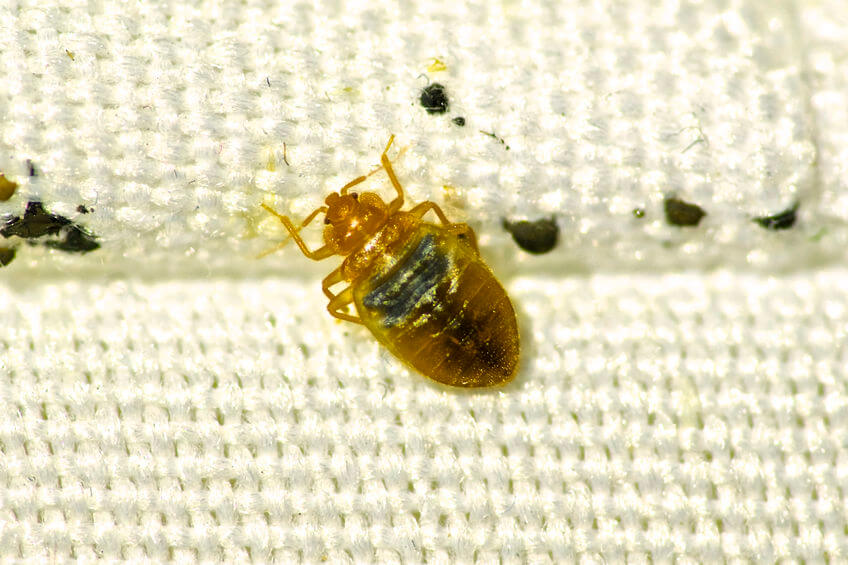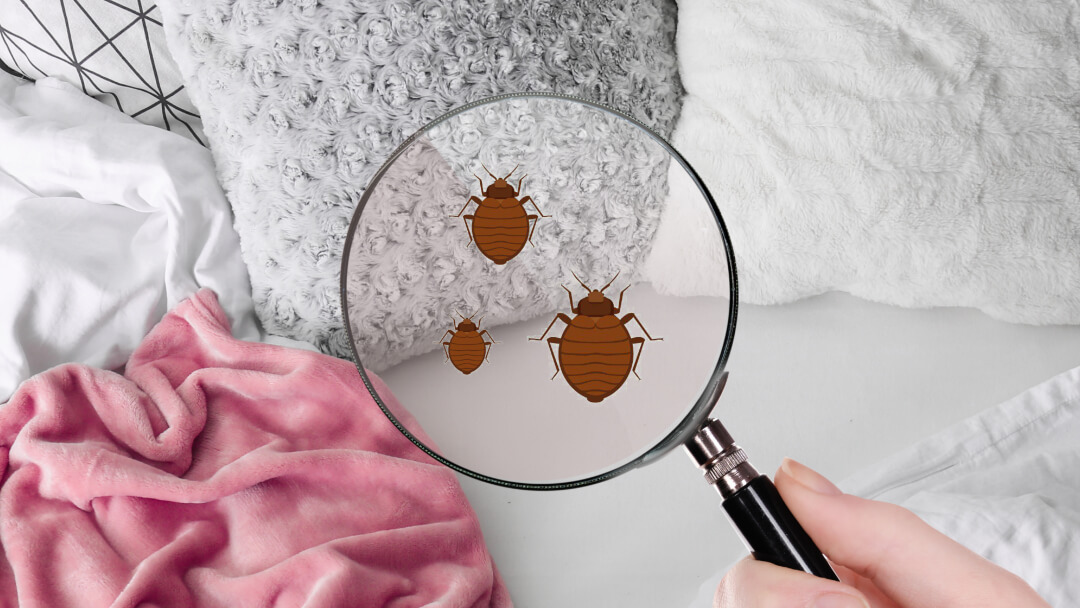Experienced DC Exterminator for Bed Bug Heat Treatment Near Me
Exploring the Scientific Research Behind Bed Bug Heat Treatments as a Lasting Pest Monitoring Technique
In the world of insect monitoring, the quest for efficient and lasting services continues to be a constant search. One such method that has obtained traction in recent times is using warm therapies to combat bed insect problems. By utilizing the scientific research behind thermal death points for these consistent parasites, warmth therapies provide an appealing choice to conventional chemical-based strategies. The intricacies of exactly how warm properly eliminates bed insects and the wider effects for sustainable pest administration methods make this a subject worth discovering further.
Bed Pest Warmth Therapy Refine

Thermal Fatality Point for Bed Pests
Subjecting bed pests to elevated temperature levels beyond their thermal resistance range is critical for accomplishing reliable removal in warmth treatment procedures. The thermal fatality point for bed insects refers to the temperature at which these parasites can not survive. Research study indicates that bed insects start to die when exposed to temperature levels over 113 ° F(45 ° C) for a sustained duration. As the temperature level increases, so does the death price of bed bugs. At around 118 ° F(48 ° C ), bed insects start to pass away rapidly, with a mortality price of nearly 99% within minutes of exposure. This shows the level of sensitivity of bed bugs to heats and highlights the performance of heat treatments in removing infestations. By getting to and maintaining temperature levels above the thermal death point for bed insects, parasite monitoring professionals can make sure thorough elimination of bed bug populations, consisting of hard-to-reach locations where chemical therapies might be much less effective. Understanding the thermal death point for bed insects is necessary for implementing successful heat treatment techniques and accomplishing sustainable bug monitoring end results.
Benefits of Warm Treatments
Having established the essential thermal fatality point for bed bugs, it is vital to now discover the considerable advantages that warmth treatments offer in properly getting rid of these durable pests. When compared to traditional chemical approaches, heat therapies present numerous essential advantages. One of the primary advantages is that warmth can permeate deep into fractures and crevices where bed pests hide, making certain that even one of the most hard-to-reach areas are heated up to lethal temperatures. This comprehensive technique not only eliminates online insects yet also targets bed pest eggs, avoiding future invasions.
Moreover, warmth therapies are non-toxic and eco-friendly, making them a lasting parasite management strategy. Unlike chemical pesticides, heat treatments do not leave damaging deposits that can present threats to human wellness or the setting. This facet is specifically important in delicate settings such as hospitals, schools, and houses where chemical use may not be preferable.
In addition, warmth therapies have a high success price in getting rid of bed pest problems in a solitary therapy, minimizing the requirement for several sees and lessening interruption to passengers. This effectiveness not only saves money and time yet likewise supplies peace of mind to those handling bed bug troubles.
Performance of Warm Treatment

Study research studies have actually constantly demonstrated the efficiency of heat therapies in achieving a high price of bed bug death. Properly carried out heat therapies can get to all the crevices and splits where bed bugs might be nurturing, guaranteeing a comprehensive technique to elimination. Additionally, warmth treatments have the included benefit of killing bed pest eggs, which are frequently immune to typical chemical treatments. On the whole, the effectiveness of warm therapies in getting rid of bed bug invasions makes them a trusted and sustainable parasite management technique.
Lasting Insect Management Conveniences
Executing sustainable bug monitoring practices offers long-term advantages for both the environment and public wellness. By using methods such as warm treatments for bug control, we can lower the reliance on harmful chemical pesticides that can have adverse impacts on ecosystems and human wellness - exterminator. Sustainable bug monitoring methods aid in protecting biodiversity by targeting particular bugs without damaging non-target organisms, thus maintaining a balanced environment
Additionally, sustainable parasite monitoring techniques add to the general health and wellness of the public. By decreasing direct exposure to hazardous chemicals used in traditional bug control techniques, heat treatments provide a more secure option for parasite monitoring Extra resources in property, business, and public rooms. This decrease in chemical use likewise helps in protecting against chemical residues from contaminating dirt, water, and air, protecting ecological quality.
Conclusion
Finally, bed insect heat treatments have been revealed to be a sustainable and efficient parasite management technique. The thermal fatality factor for bed bugs makes them at risk to warm therapies, which have various advantages over standard chemical therapies. The effectiveness of warm treatments in getting rid of bed pest infestations while reducing ecological effect highlights the possibility of this approach as a lasting remedy for pest control.
The bed bug heat treatment process involves raising the temperature within infested areas their explanation to a level that effectively eliminates bed bugs and their eggs. By reaching and maintaining temperatures over the thermal fatality factor for bed insects, bug find more administration experts can make sure detailed elimination of bed insect populations, including hard-to-reach locations where chemical therapies might be less effective. One of the key benefits is that warm can permeate deep into holes and splits where bed insects hide, guaranteeing that even the most hard-to-reach locations are heated up to deadly temperatures. Unlike chemical therapies that might leave behind resistant populaces, warmth treatments provide a environmentally pleasant and safe service that can penetrate deep right into furniture, walls, and various other hard-to-reach areas where bed bugs conceal.
The thermal death factor for bed insects makes them vulnerable to warmth therapies, which have various benefits over standard chemical treatments.